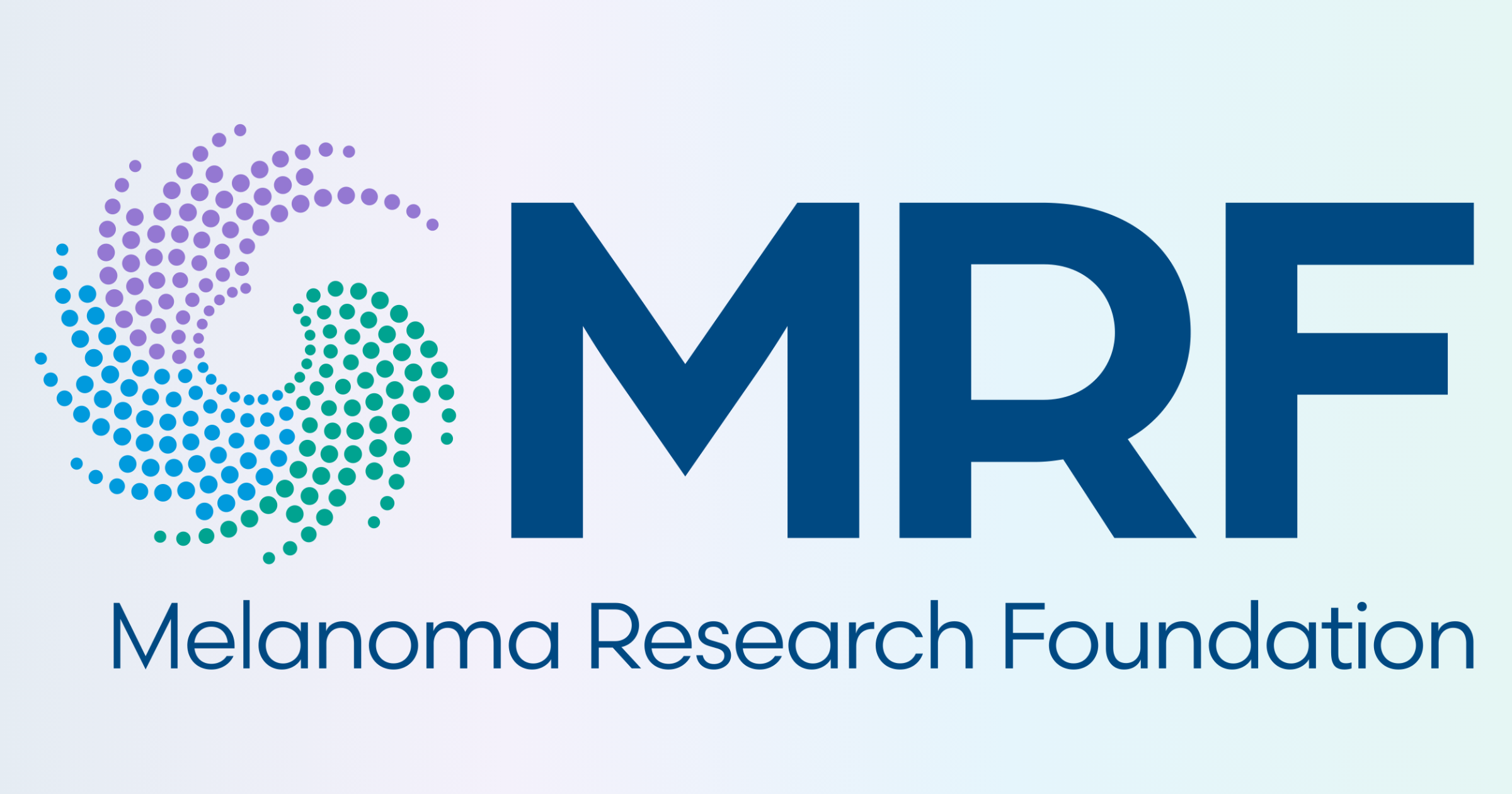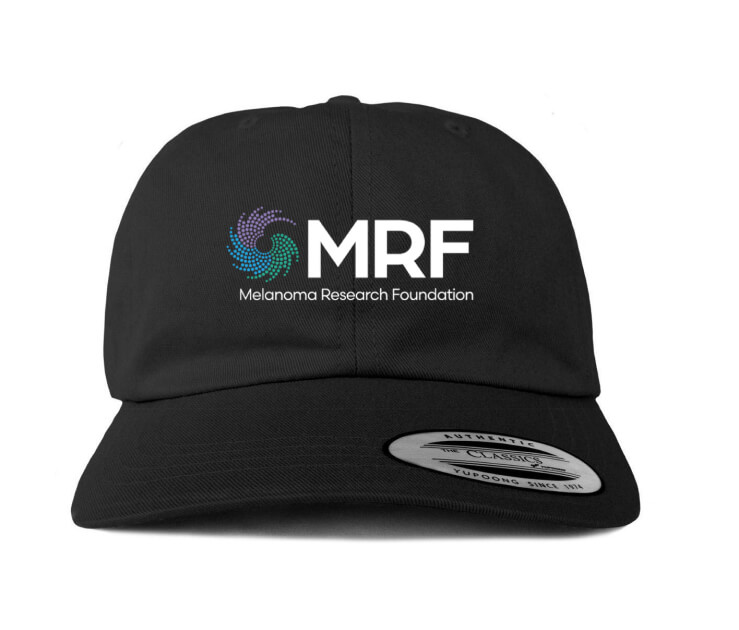2025 ASCO Annual Meeting: Uveal Melanoma Update

Guest Blog SUBMITTED BY
Bonnie Teng, PhD, MRF’s Chief Scientific Officer
The 2025 American Society of Clinical Oncology (ASCO) Annual Meeting was held from May 30 to June 3. This world’s largest clinical cancer research conference brought together over 40,000 oncology professionals from more than 100 countries. With the theme “Driving Knowledge to Action: Building a Better Future,” the meeting showcased the latest breakthroughs in cancer research including melanoma. Outlined below is a highlight from the uveal melanoma presentation.
First-in-Human Trial of DYP688 Shows Promise in Uveal Melanoma
Uveal melanoma, a rare type of melanoma found in the eye, accounts for approximately 5% of all melanoma diagnoses. GNAQ/11 mutations are observed in approximately 95% of uveal melanomas. PMEL17(GP100) is highly expressed in melanoma cells, including uveal subtypes. This first-in-human Phase I study evaluated the safety, tolerability and preliminary efficacy of DYP688. DYP688 works by targeting GP100 to deliver a QNAQ/11 inhibitor (SDZ475). By targeting PMEL17, the inhibitor is treating cancer cells and minimizing damage to healthy cells. In patients with metastatic uveal melanoma and other melanomas with GNAQ/11 mutations, DYP688 demonstrated a favorable safety profile and showed encouraging preliminary antitumor activity. Early results support the tolerability and potential clinical benefit of DYP688. Ongoing studies include dose optimization and analysis of mutational profiles from tissue and circulating tumor DNA.
With melanoma incidence on the rise, better diagnosis and treatment is critically needed. While the current findings highlight promising advancements in treatment efficacy, further research is essential to optimize therapeutic strategies. Specifically, more studies are needed to determine the most effective sequence and duration of treatments, explore beneficial drug combinations and develop new treatments with minimal toxicity. Additionally, the identification of predictive biomarkers is critical to better stratify patients and personalize therapy.
To learn more about other melanoma topics presented at ASCO, read the full ASCO recap blog here.
Watch our Ask The Expert Webinar: ASCO 2025 Highlights What Cutaneous Melanoma Patients Need to Know here.




